
Gibson & Barnes is the Pilots Source for Helicopter Helmets, Aircraft Helmets
and Fixed Wing Pilot Helmets
The GENTEX® brand has become a leader in fixed wing aviator helmets, helicopter helmets and jet pilot helmets. All GENTEX® flight helmets are functional and adaptable. Whether you are looking for a U.S. Air Force grade fixed wing helmets or helmet systems that can offer multi-platform use within the Army, Coast Guard, Law Enforcement and/or civilian rotary aircrafts, GENTEX® is the brand for you.

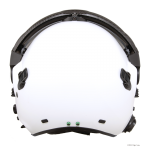
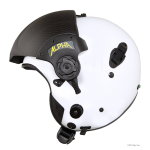
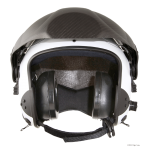
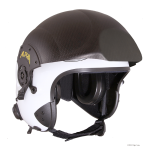


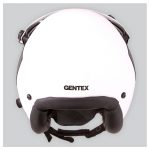
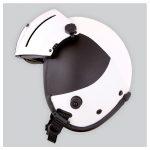
Welding lens shade numbers refer to the lens’ ability to filter light¾all auto-darkening welding helmets meeting ANSI Z87.1 provide 100% protection against harmful infrared and UV rays¾ and may range from a #8 shade for low-amp applications up to a #13 shade for high-amp applications. (See chart.) Top-line helmets may include additional ranges (#3 to #8) for grinding or cutting.
A passive lens helmet uses UV- and IR-coated dark-tinted glass with a fixed shade value, usually #10. The passive helmet is worn in the up position while the electrode, gun or torch is positioned. Then with a quick nod or snap of the neck, the operator flips the helmet into position immediately before striking an arc.
While passive lens helmets have passed the test of time and provide an economical choice, they have a few shortcomings:
- For the novice welder, or someone who doesn’t weld often, it can be difficult to position the electrode while the helmet is snapped into place. This can lead to poor weld starts, which may lead to weld defects or the need for excessive grinding.
- Tack welding, or numerous short welds, can be difficult and inefficient since the welder has to repeatedly lift and lower the helmet.
- The repetitive task of flipping the helmet up and down can cause neck fatigue, and in some cases may lead to repetitive stress injuries.
- Failure of the helmet to lock into position or improper timing can lead to inadvertent arc flashes if the arc strikes before the helmet is in place.
